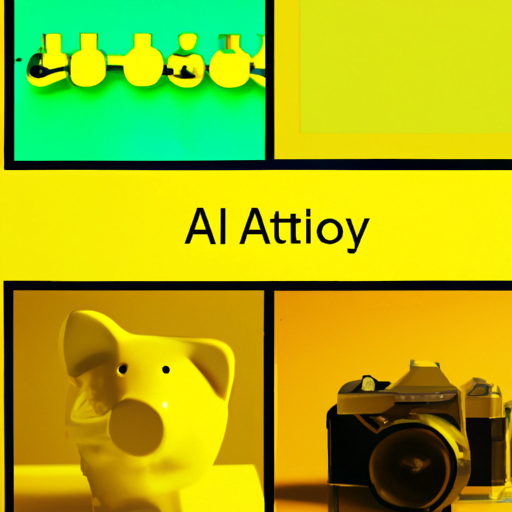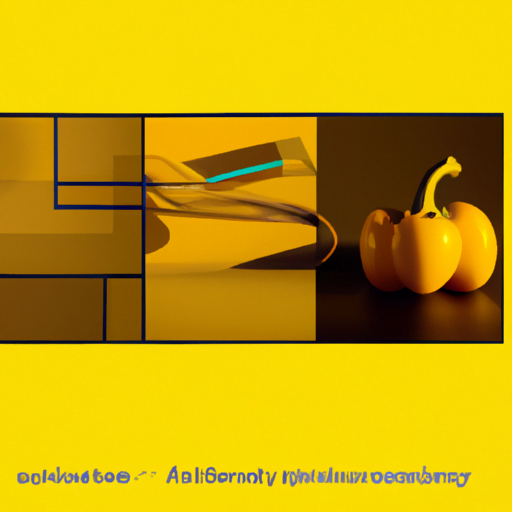
-
Table of Contents
- The Art of Visual Tension: Creating Impactful Contrasts
- Introduction
- The Importance of Visual Tension
- Engaging the Viewer
- Eliciting Emotions
- Creating Impactful Contrasts
- Color Contrasts
- Shape and Form Contrasts
- Texture Contrasts
- Scale and Proportion Contrasts
- Case Studies
- Case Study 1: The Scream by Edvard Munch
- Case Study 2: Apple’s Product Packaging
- Conclusion
The Art of Visual Tension: Creating Impactful Contrasts

Introduction
Visual tension is a powerful tool in the world of art and design. It captivates the viewer, evokes emotions, and creates a lasting impact. By skillfully combining contrasting elements, artists and designers can create visually striking compositions that demand attention. In this article, we will explore the art of visual tension, its importance, and how it can be effectively utilized to create impactful contrasts.
The Importance of Visual Tension
Visual tension is crucial in capturing the viewer’s attention and creating a memorable experience. It adds depth, interest, and intrigue to an artwork or design. Without visual tension, compositions can appear flat, uninteresting, and easily overlooked. By incorporating contrasting elements, artists and designers can create a dynamic visual experience that engages the viewer on multiple levels.
Engaging the Viewer
Visual tension grabs the viewer’s attention and encourages them to explore the artwork or design further. It creates a sense of curiosity and intrigue, compelling the viewer to spend more time observing and analyzing the composition. This engagement can lead to a deeper connection with the artwork or design, making it more memorable and impactful.
Eliciting Emotions
Contrasts in color, shape, texture, and other visual elements can evoke a wide range of emotions. Bold contrasts can create a sense of excitement, energy, or even tension, while subtle contrasts can evoke feelings of calmness or tranquility. By carefully selecting and combining contrasting elements, artists and designers can manipulate the viewer’s emotions and create a specific mood or atmosphere.
Creating Impactful Contrasts
Now that we understand the importance of visual tension, let’s explore some techniques for creating impactful contrasts:
Color Contrasts
Color is one of the most powerful tools for creating visual tension. Contrasting colors that are opposite each other on the color wheel, such as red and green or blue and orange, create a strong visual impact. These color combinations are often used in advertising and branding to grab attention and create a memorable impression. Subtle color contrasts can also be effective, such as combining warm and cool tones to create a sense of depth and dimension.
Shape and Form Contrasts
Contrasting shapes and forms can add visual interest and tension to a composition. Combining organic and geometric shapes, for example, creates a dynamic contrast that draws the viewer’s eye. Playful juxtapositions of different forms can also create a sense of tension and intrigue. The key is to find a balance between the contrasting elements to maintain harmony within the composition.
Texture Contrasts
Texture can be used to create tactile and visual contrasts. Combining smooth and rough textures, or shiny and matte surfaces, adds depth and interest to an artwork or design. Texture contrasts can also evoke emotions and create a sensory experience for the viewer. For example, a rough texture may elicit a sense of ruggedness or grit, while a smooth texture may evoke a feeling of elegance or sophistication.
Scale and Proportion Contrasts
Contrasting scale and proportion can create a sense of drama and impact. Combining large and small elements within a composition can add visual tension and draw attention to specific areas. This technique is often used in photography, where a small subject is placed against a vast landscape to create a striking contrast. By carefully considering the scale and proportion of elements, artists and designers can create a sense of depth and perspective.
Case Studies
Let’s take a look at some real-world examples of how visual tension and impactful contrasts have been used:
Case Study 1: The Scream by Edvard Munch
In Edvard Munch’s iconic painting “The Scream,” the artist uses contrasting colors, shapes, and lines to create a sense of anxiety and tension. The vibrant orange sky contrasts with the pale figure in the foreground, while the swirling lines add a sense of movement and unease. This combination of contrasting elements creates a powerful and memorable composition that elicits a strong emotional response from the viewer.
Case Study 2: Apple’s Product Packaging
Apple is known for its minimalist and sleek product packaging. The company often uses contrasting colors, such as a white background with bold, vibrant product images, to create a strong visual impact. The clean lines and simple typography further enhance the contrasts, making the packaging stand out on store shelves. This attention to visual tension has contributed to Apple’s success in creating a strong brand identity.
Conclusion
Visual tension is a fundamental aspect of art and design. By skillfully combining contrasting elements, artists and designers can create impactful compositions that engage the viewer, evoke emotions, and leave a lasting impression. Whether it’s through color contrasts, shape and form contrasts, texture contrasts, or scale and proportion contrasts, visual tension adds depth, interest, and intrigue to an artwork or design. By understanding and harnessing the power of visual tension, artists and designers can create truly impactful and memorable experiences for their audience.
